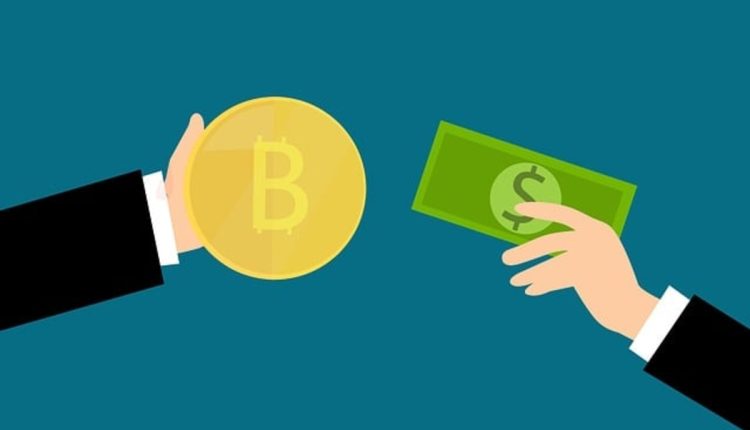Some bars operate using the tab system, in which customers pay per drink rather than at the end of their visit. When this occurs, bartenders must enter cash tab information into Toast. The Interesting Info about CashTab wallet.
To do this, navigate to the Activity tab and locate the payment you wish to refund before selecting either Save and Schedule or Mark as Paid from its context menu.
Pre-Authorization
When opening up a tab with you, your guests will be required to provide their credit card number so the system can pre-authorize an amount in their account that will ensure they have enough funds for any additional purchases that might occur in the future.
Pre-auths typically last 1-3 business days, depending on your bank. When closing a tab, batching occurs to convert its original pre-authorization to an actual charge on your customer’s account; typically, this happens the day after. As a result, when viewing online statements, they should see only one transaction corresponding to their total tab, plus any applicable taxes, fees, and tips.
Bars and restaurants looking to give customers more incentive to spend with them can take advantage of pre-auths, offering customers a convenient payment method. However, businesses must limit pre-auth charges to what is affordable for them and check with their credit card processor on how long one pre-auth will last before placing one into effect.
With this setting enabled in HQ, when creating a new tab, you can swipe a credit or debit card to pre-authorize an amount in the customer’s account that can be used for future purchases. This can be done either on mobile devices or directly in restaurants, and whenever it comes time to close out the tab, swipe again to capture the payment and closeout.
Set the amount you choose as your default pre-auth, and it will appear as an option in your payment methods list when completing sales on tablets or mobile apps. To enable this setting, open HQ and navigate to Settings & Pre-Authorization.
No matter whether this setting is turned on or off, the card will still be verified with your customer’s bank accounts to add an extra layer of security for guests and protect against fraudulent activity. If you are concerned that starting tabs with pre-authorized cards might lead to staff forgetting to run final authorization and capture actual charges adequately, set up an alert notification in HQ to warn your team.
Payment Methods
Cash, Check, Credit/Debit (though DAS does not process them), Electronic, and others are among the many payment methods accepted by vendors in Alma. Each has a payment code and Description, which will display on the payments tab of vendor accounts/Invoices; when adding or editing payment methods, it is recommended that their Description be altered with something unique so it stands out on this tab. Without this customizability feature, the module will display its code without impacting functionality within Alma.
Payment Reminders
Payment reminders can be an effective tool in nudging customers towards paying up. They should be professional, polite, and stand out amongst the sea of emails customers receive daily, as well as being easy to find and read.
Reminding clients about payments makes reminders more impactful and helps avoid back-and-forth that may slow collections. With these payment reminder tips in mind, make the most of your collection workflow!
To set up a payment reminder, go to New Schedule from the Customers menu, then Payment Reminders. On this screen, you can choose who receives it, if the outstanding balance and due date information should be included, when to send it, and how. To automatically calculate the amount owing, either select Best approximation or edit Estimate amount for me settings (step 3). Furthermore, the email templates can be customized, optional fields can be added or removed easily, and accounts can be selected from which income should be added if your business uses separate bank accounts for different transaction types.
Read Also: Coffee Break Loans Review


